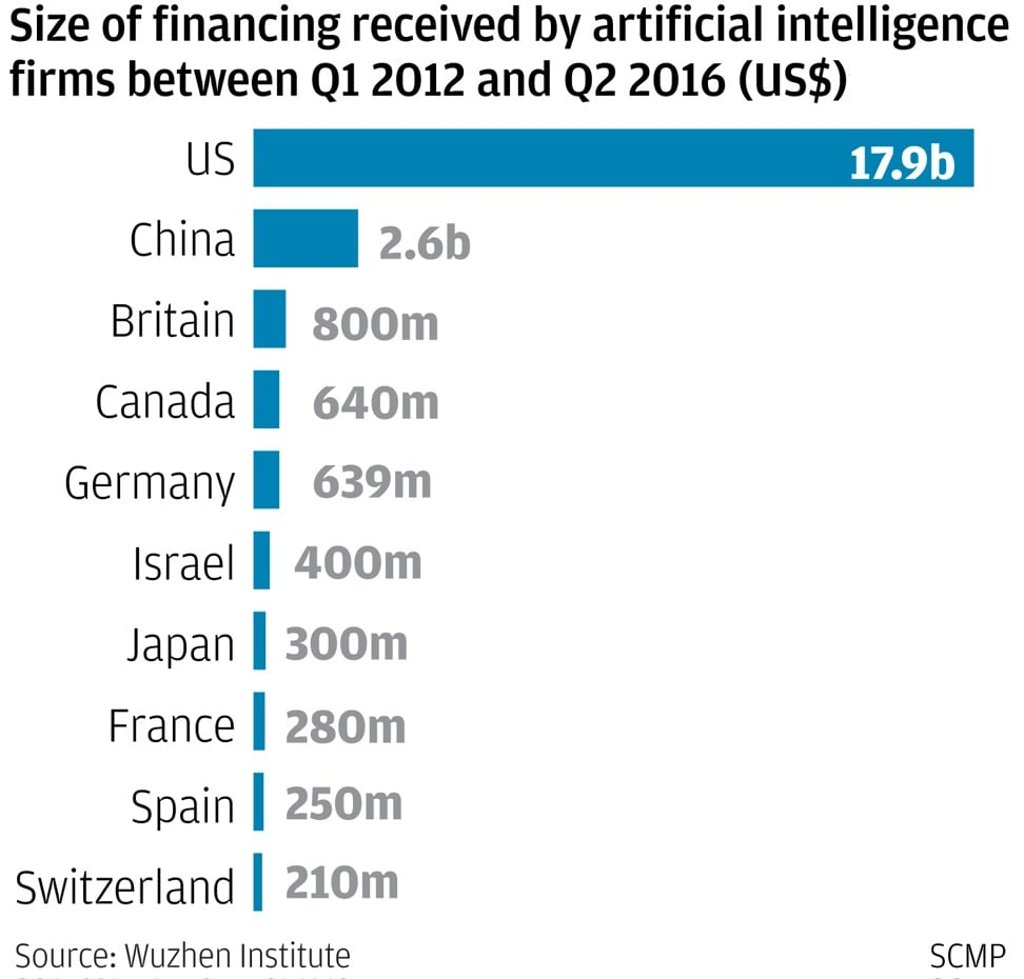World dominance in three steps: China sets out road map to lead in artificial intelligence by 2030
The Chinese government’s July 8 plan aims to keep pace with AI technology by 2020, make major breakthroughs by 2025, and lead the world in AI by 2030.

China, already the world’s second-largest investor in artificial intelligence (AI), has set out an ambitious plan to leap frog ahead of the United States to be the global leader in the field by 2030.
The proposal, laid out on July 8 by the State Council and distributed on July 20, takes a three-step approach: firstly keep pace with leading AI technology and applications in general by 2020, make major breakthroughs by 2025, and be the world leader in the field five years thereafter.

Government finance will lead the way in AI research, including the development of supercomputers, and high performance semiconductor chips, software and the hiring of key talent to lead the field, China’s science and technology minister Wan Gang said in March during the country’s parliamentary meeting.
The focus on AI sets a new director for China’s economic model, which is trying to wean industries and state-owned enterprises off years of exports manufacturing to reinvent themselves to stay relevant for the future. Up to 26 per cent of China’s gross domestic products (GDP) could be generated by AI-related industries by 2030, making the country the world’s biggest winner from investing in the field, according to a report last month by PricewaterhouseCoopers.